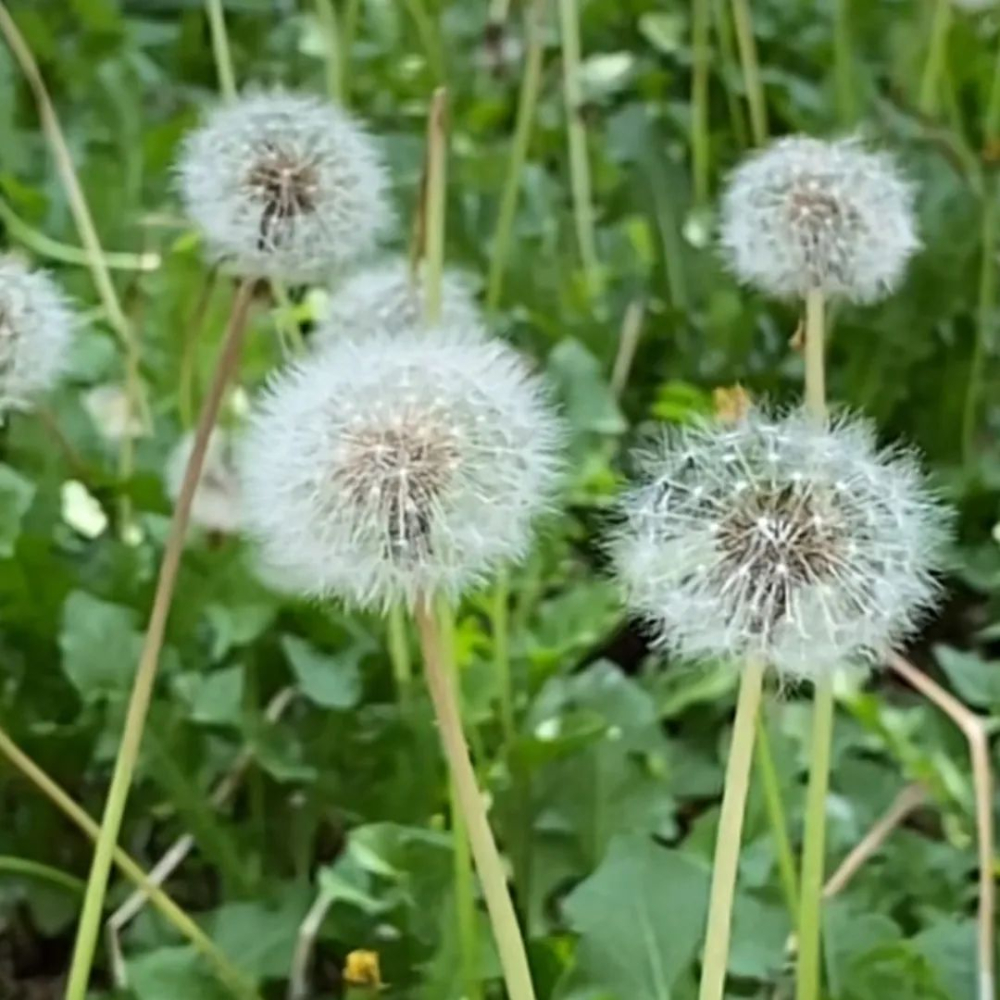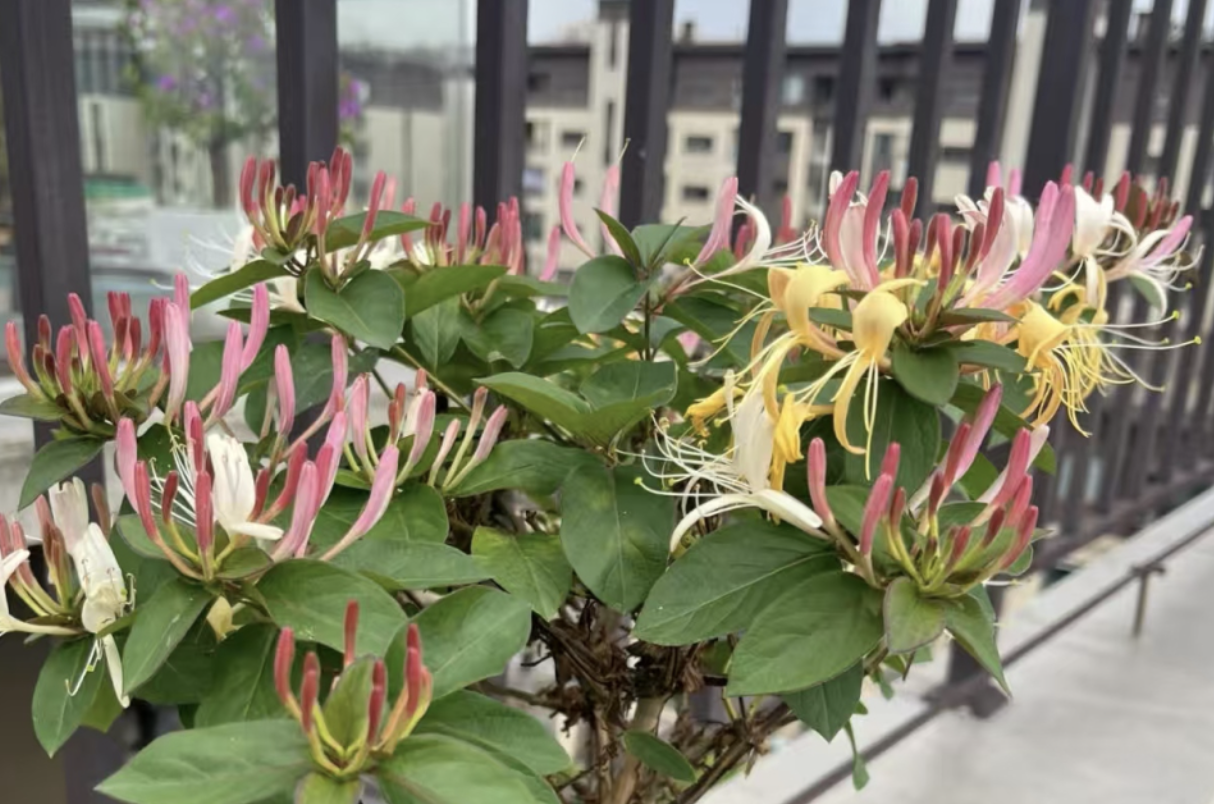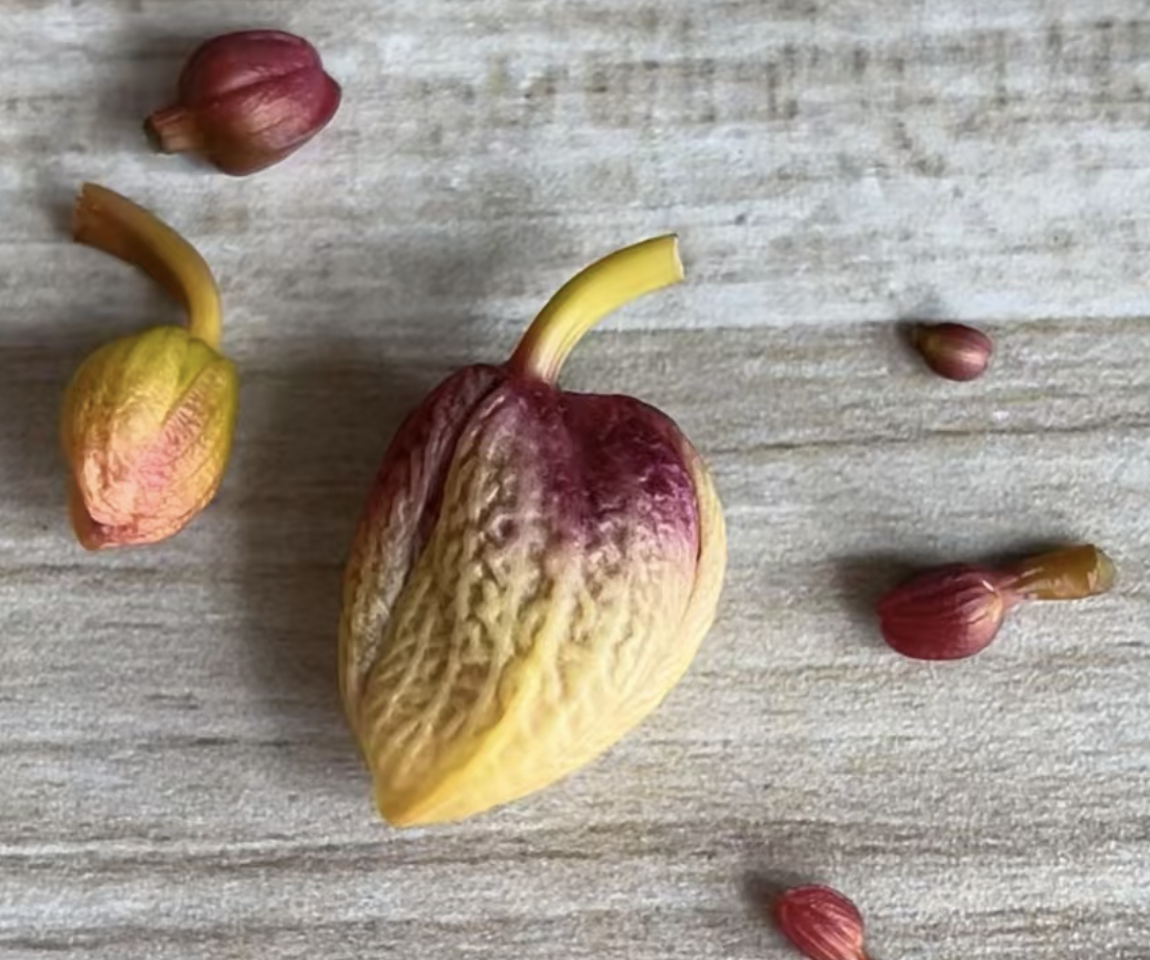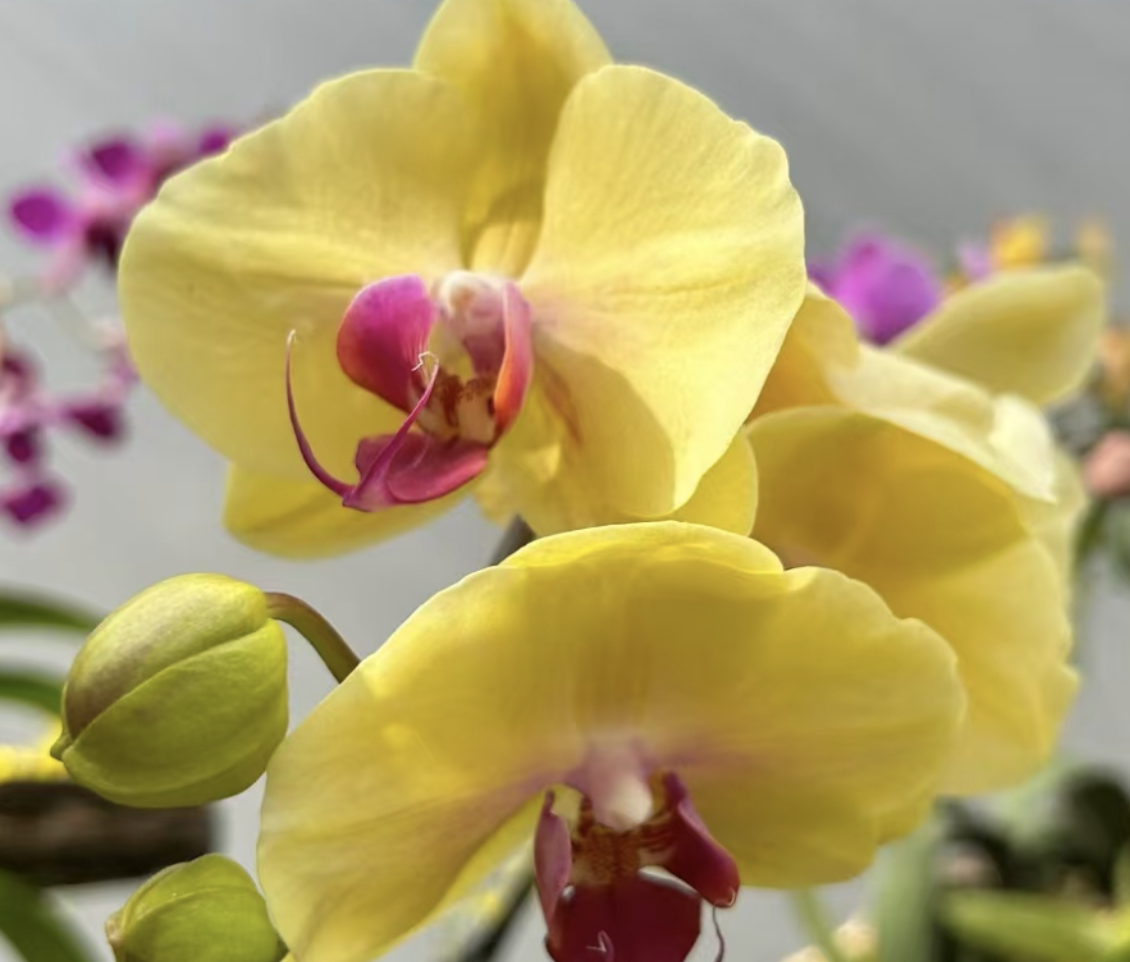Dandelion, also known as Huanghua Diding, Popoding, etc., is a common wild herbaceous plant. It is widely distributed all over the world. Whether in fields, grasslands, roadsides or on slopes, you can see its small figure.
The plant of dandelion is usually relatively short and consists of roots, stems, leaves, flowers, fruits and other parts. Its root is conical, curved and has a certain length. The stem is usually green, relatively slender, with green leaves growing on it. The leaves of dandelion are oblanceolate or oblong-lanceolate, with irregular serrations on the edges.
When dandelion blooms, it will burst out small yellow flowers. The flowers are small and exquisite, very lovely. After the flowers wither, dandelion will bear white fluffy balls, which are composed of many tiny seeds. When a breeze blows, these white fluffy balls will be carried away by the wind and look for a new place to grow.
There are three symbolic meanings and implications of the flower language of dandelion. First, the seeds of dandelion are carried away by the wind and cannot stay in one place for a long time. Therefore, its flower language symbolizes love that cannot stay. Second, dandelion can grow tenaciously in various environments. It is not afraid of wind and rain or difficulties. Therefore, dandelion also symbolizes a brave and fearless spirit. Third, the seeds of dandelion are carried away by the wind and look for a new place to grow, which also symbolizes hope and new life.
The efficacy and function of dandelion are in three aspects. In terms of medicinal value, the whole plant is used as medicine. It has the effects of clearing heat and detoxifying, reducing swelling and dissipating nodules, and promoting diuresis and dredging stranguria. It contains a variety of chemical components and has effects such as antibacterial, antiviral, anti-inflammatory and antioxidant. In terms of edible value, the tender leaves can be used for cold dishes, stir-fries and soups. They are rich in nutrition, can clear heat and detoxify, promote diuresis and reduce swelling, and improve immunity. In terms of cosmetic value, the extracts can be used to make skin care products. They have anti-inflammatory, antibacterial and antioxidant effects and can improve skin condition.
Here are some key points for planting and maintenance:
1. Soil: Loose, fertile and well-drained sandy soil. Plow and apply organic fertilizer before sowing.
2. Sowing time: spring (March - April), summer (June - July), autumn (August - September).
3. Sowing method: broadcast sowing or drill sowing. Cover with soil and keep moist.
4. Field management: Thin out and fix seedlings. Cultivate and weed. Water in time. Apply liquid fertilizer during the vigorous growth period.
5. Pest control: Comprehensive agricultural, physical and chemical control methods are used to improve the disease resistance of plants. Yellow boards and light traps are used. Spray pesticides in the early stage of pests and diseases.
The efficacy and function of dandelion.

Share with
Tagged in :




Leave a Reply